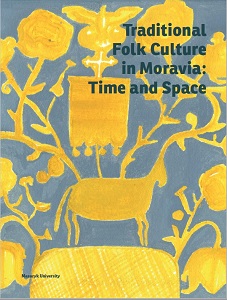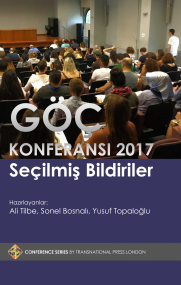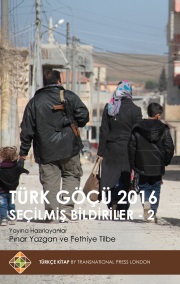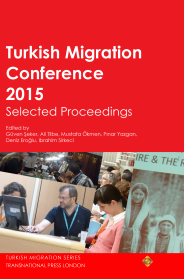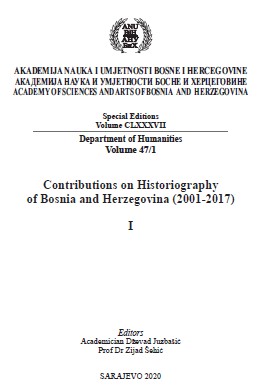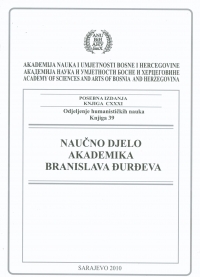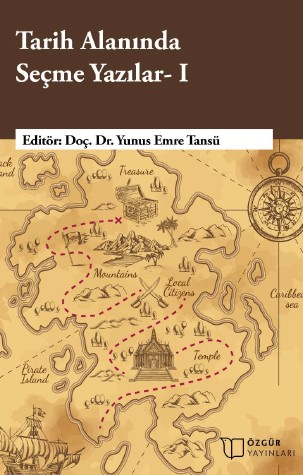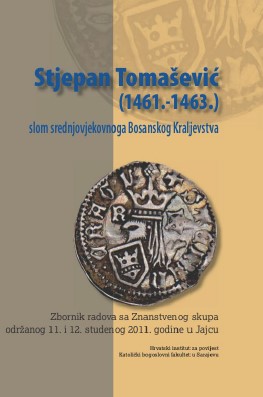Author(s): Enes Pelidija / Language(s): Bosnian
Publication Year: 0
Im seinem langen und sehr interessanten Leben erwarb Branislav Đurđev eine große Lebenserfahrung, die man auch in seinem wissenschaftlichen Werk spürt. Schon in realtiv jungen Jahren erwarb er sich den Ruf eines angesehenen Osmanisten. Hinter ihm blieb eine große Anzahl veröffentlichter Bücher, Abhandlungen, Beiträge und Essays. Dafür spricht auch die Bibliographie dieses Professors, die 306 bibliographische Einheiten zählt. In der vorliegenden Arbeit werden konkrete Daten zu seinen Interessen und Schwerpunkten in der Wissenschaft angeführt. Ebenso werden seine organisatorischen Fähigkeiten hevorgehoben, sowie herausragende Ämter, die er versah. Wenn man alle seine wissenschaftlichen und gesellschaftlichen Referenzen berücksichtig, sowie die Tatsache, dass er zum Professor für die Fächer Geschichte der jugoslawischen Völker in der türkischen Herrschaft und die Einführung in die historische Methodologie, kann man verstehen, warum er engagiert wurde, für den zweiten Band der Geschichte der Völker Jugoslawiens zu schreiben. Diese Studie umfasst den Zeitraum vom XVI bis Ende des XVIII Jahrhunderts. Als Mitglied der redaktionellen Kommission und Mitgleid des engeren Redaktionsstabs, sowie als Autor oder Mitautor der elf von fünfzig Kapiteln dieses Buchs, leistete er in diesem Projekt einen unermeßlichen Beitrag. Konkrete Informationen zu den Titeln und Untertiteln der Arbeiten Branislav Đurđevs werden in der vorliegenden Arbeit angeführt. Der große Beitrag von Professor Đurđev besteht auch darin, die bekanntesten damaligen Osmanisten aus Bosnien-Herzegowina dabei engagiert zu haben. Sie haben in einzelnen Kapiteln die breitere wissenschaftliche Öffentlichkeit an mehreren Stellen zum ersten Mal auf die Stellung und Bedeutung aufmerksam gemacht, welche Bosnien-Herzegowina bzw. das Bosnische Elajet im europäischen Teil des Osmanischen Reiches hatte. Ein besonderer Beitrag in diesem Buch, wie auch in seinem ganzen wissenschaftlichen Opus, waren seine Erörterungen über sie Serbisch-Orthodoxe Kirche in der osmanischen Periode. Zum ersten Mal wurde nun von Đurđev auf die Stereotype, und nicht zuletzt mythologische Darstellung dieser Religionsinstitution, nicht nur im serbischen Volk, sondern auch im osmanischen Staat, hingewiesen. Zahlreiche Beispiele anführend, bestritt er zahlreiche Vorurteile, die die damalige jugoslawische Geschichtsschreibung beherrschten. Faktographisch präzise, klar und kompromisslos wies er auf die Schädlichkeit dieser Einstellung hin. Deswegen hatte er zahlreiche Opponenten. Mehr darüber in der vorliegenden Arbeit. Obwohl einige Kollegen manche Thesen von Professor Đurđev zu einzelnen Fragen bestritten, ermöglichte seine Abhandlung über die Geschichte der Serbisch-Orthodoxen Kirche, dass die Arbeit an der Geschichte der Völker Jugoslawiens II zu Ende geführt und als Buch veröffentlicht wird, was einen großen Beitrag zur ex-jugoslawischen Osmanistik, in der der Name des Akademiemitglieds Branislav Đurđev unumgänglich ist, darstellt.
More...
